-
Late yesterday, when I put the sprinkler on, the pukeko were delighted and came to play in the water. 🐦
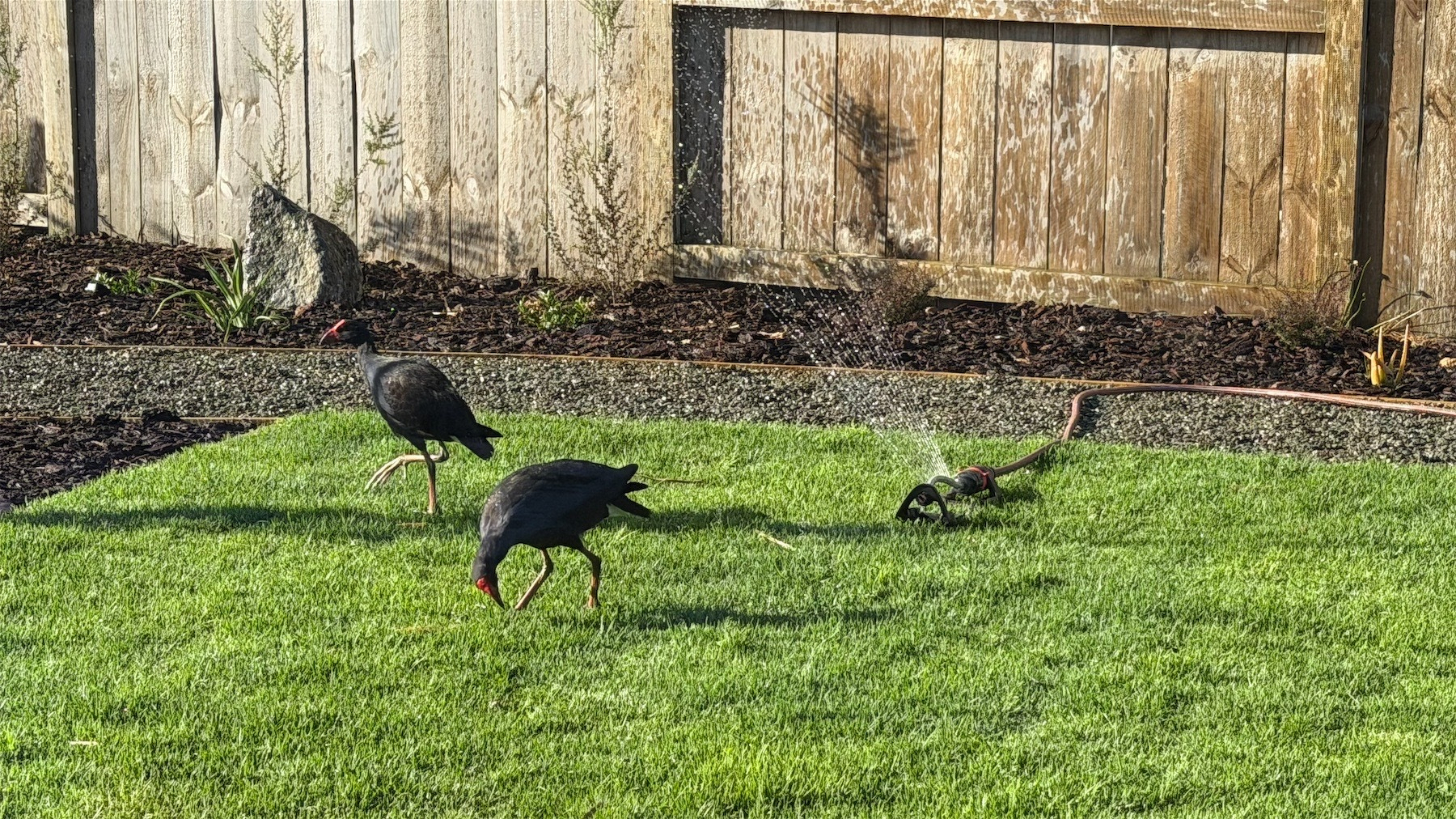
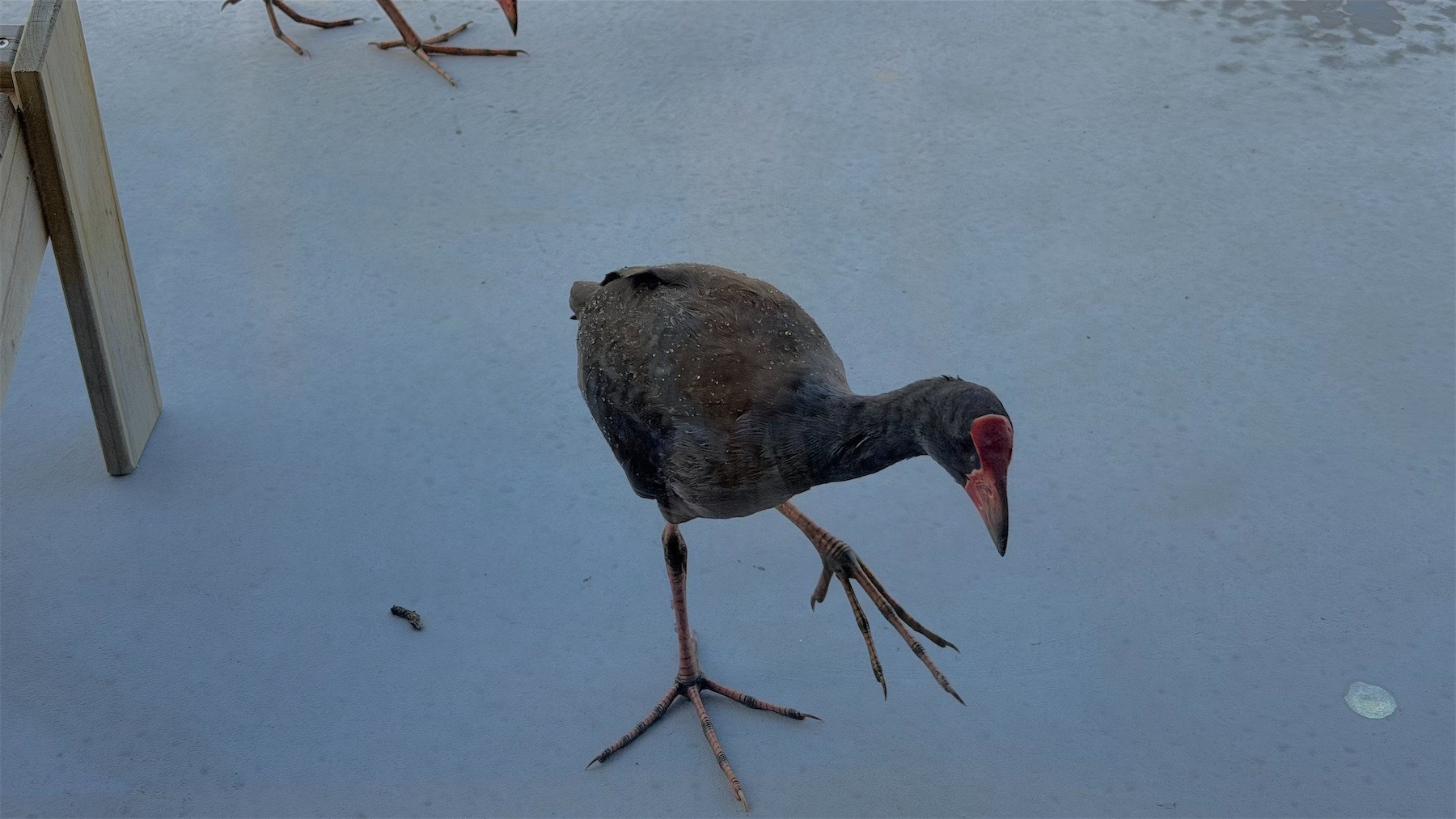
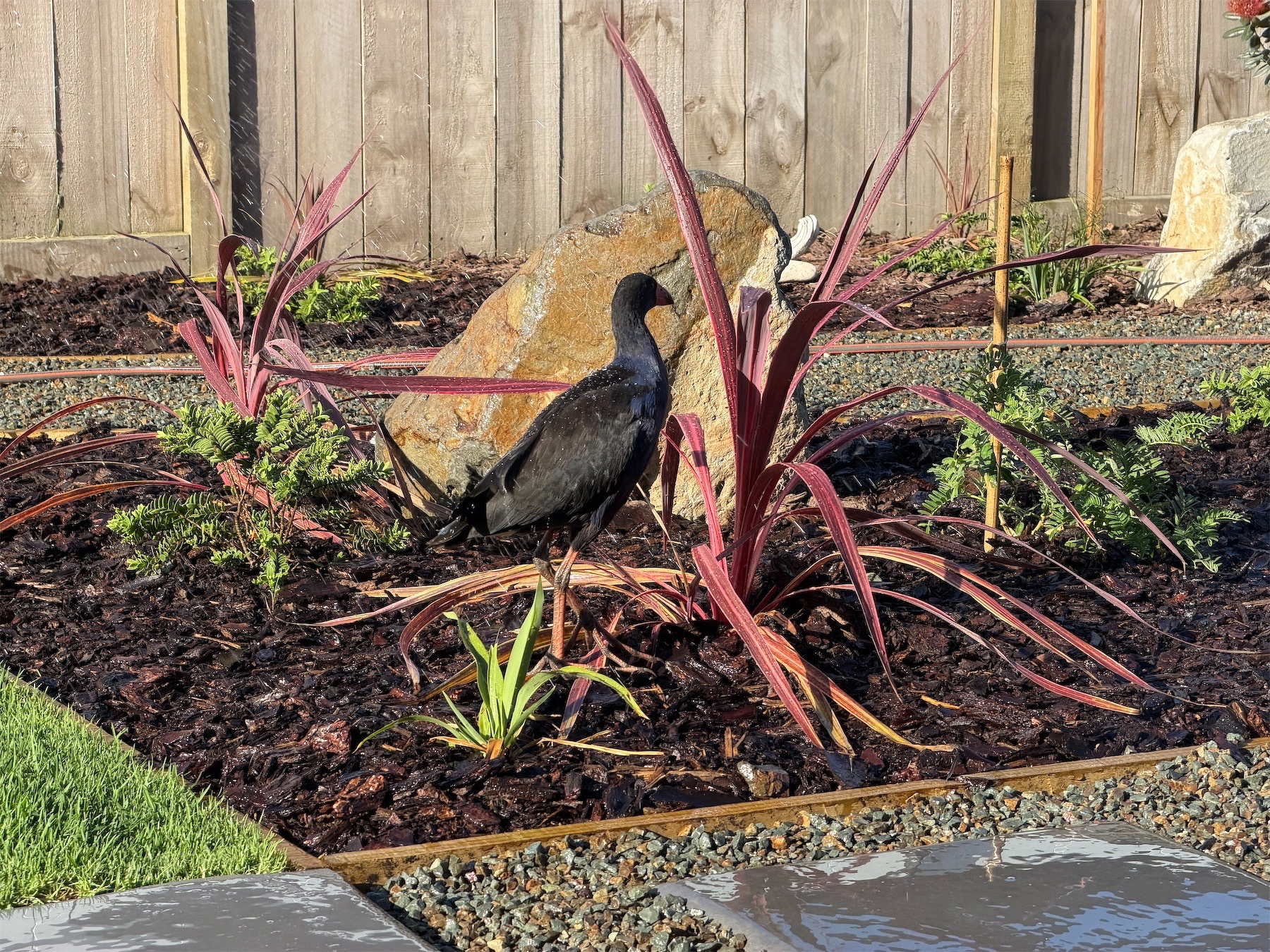
-
The herons do so enjoy hanging out on the fence. This young one is a bit ruffled in the breeze. 🐦
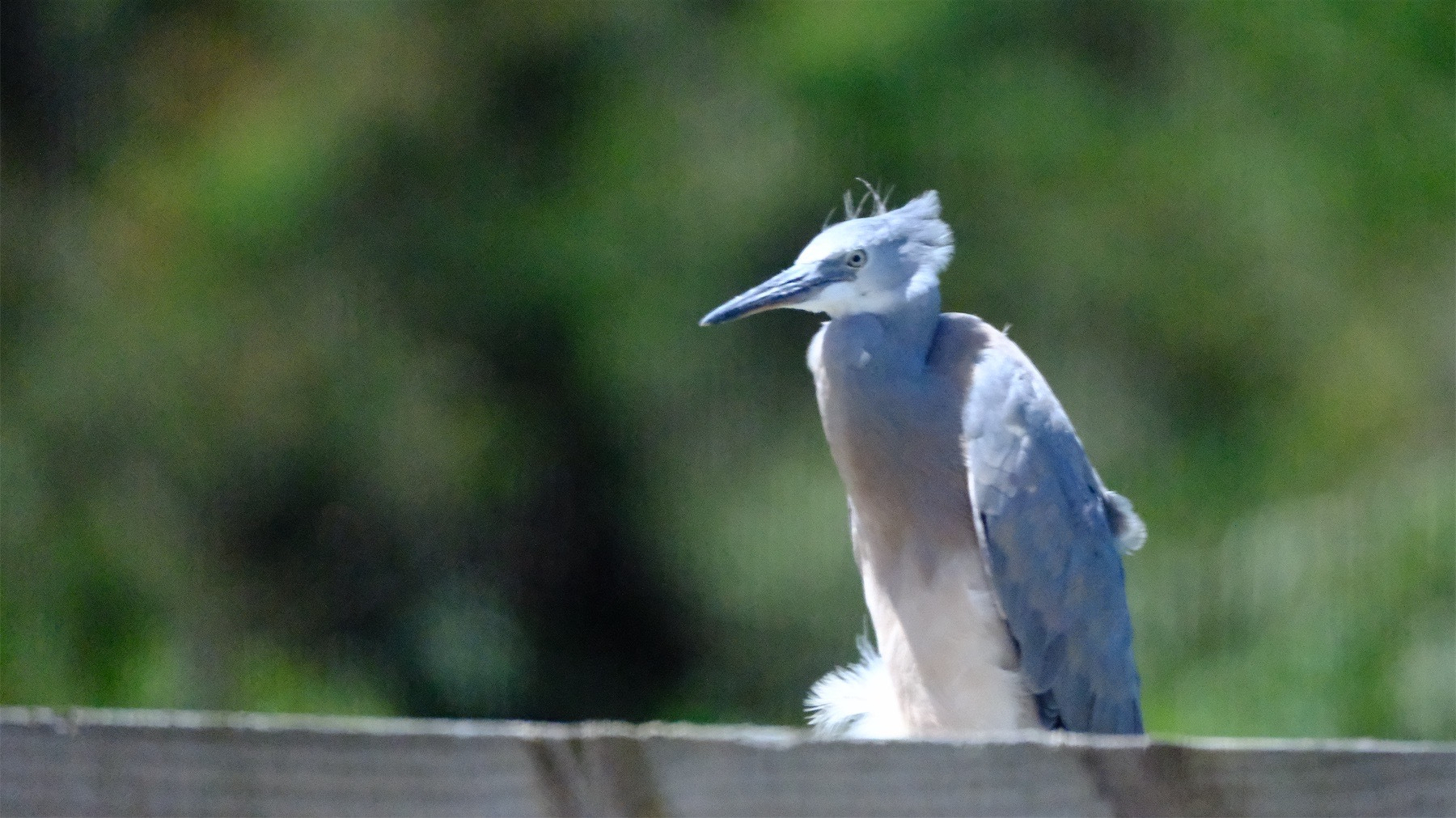
-
At the river were two shags on a branch in the water. One is a Pied Shag but a clearly smaller shag was nearby. I think the smaller one is a Kawau tūī | Little black shag 🐦 :
Little black shags are similar in size to little shags, but they lack any white plumage and have a relatively short tail. They are much smaller than black shags.

-
A fellow down the road has a very large property by the river mouth and is happy for respectful folks to ride their bikes or walk there. He breeds the rare Cape Barren goose 🐦 :
Cape Barren geese are almost wholly terrestrial, inhabiting open grassland, including planted pastures, on the fringes of wetlands; they avoid scrub-encroached grasslands.
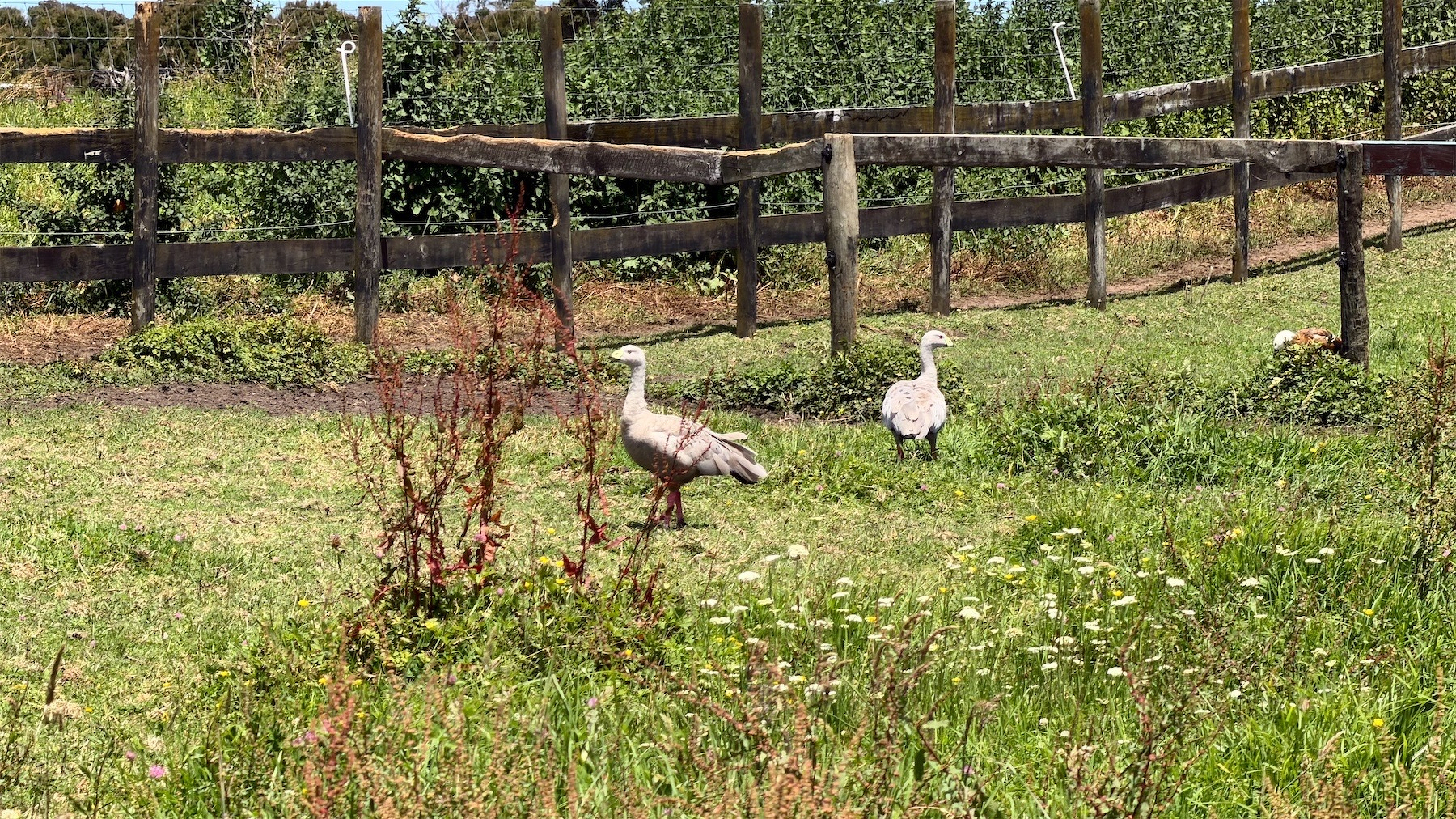
-
Comfy pukeko. 🐦
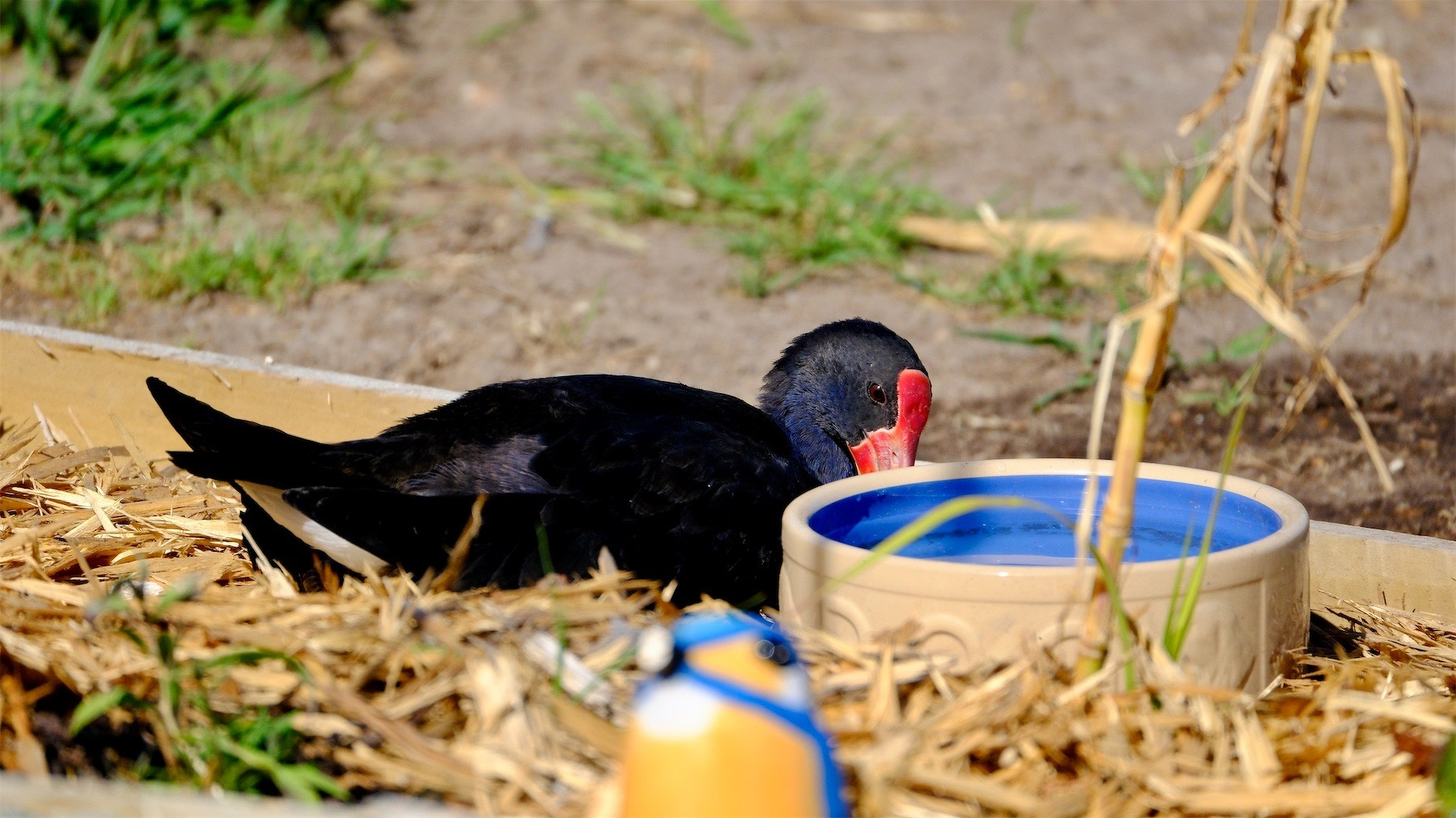
-
The neighbour's fence was the place for all the cool birds to hang out this morning. 🐦

-
This morning, through the slightly open door, I watched one of the baby herons (who have now left home) hang out on next door's roof. Then a couple of Pukeko strolled around the garden. 🐦
I really like the effect caused by the very narrow view I had between the doorframe and the edge of the door.
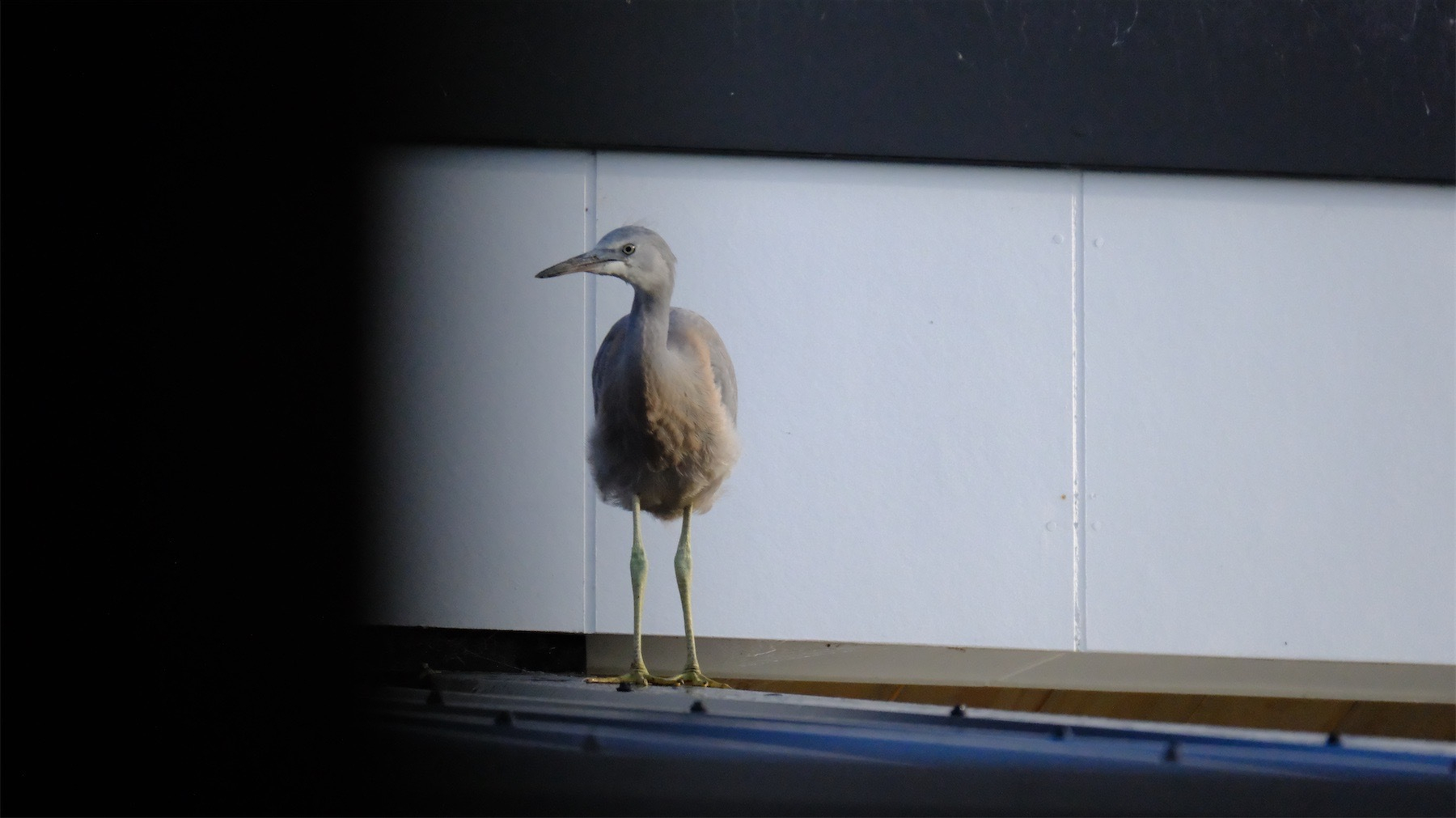
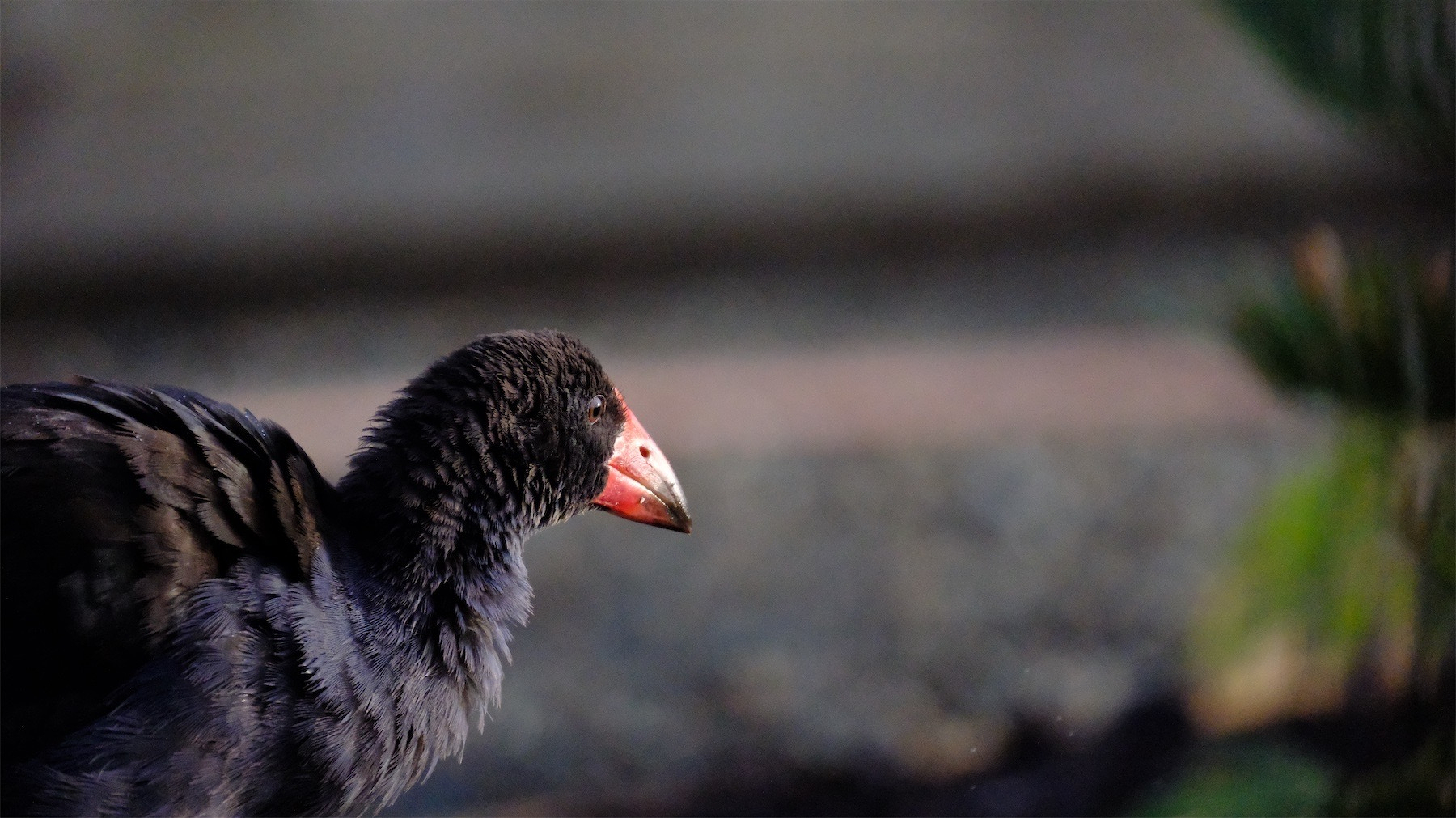
-
Hooray for the 8x iPhone zoom that allowed me to capture this Spoonbill feeding in Ruakākā River. It's the first Spoonbill I've seen up here. 🐦
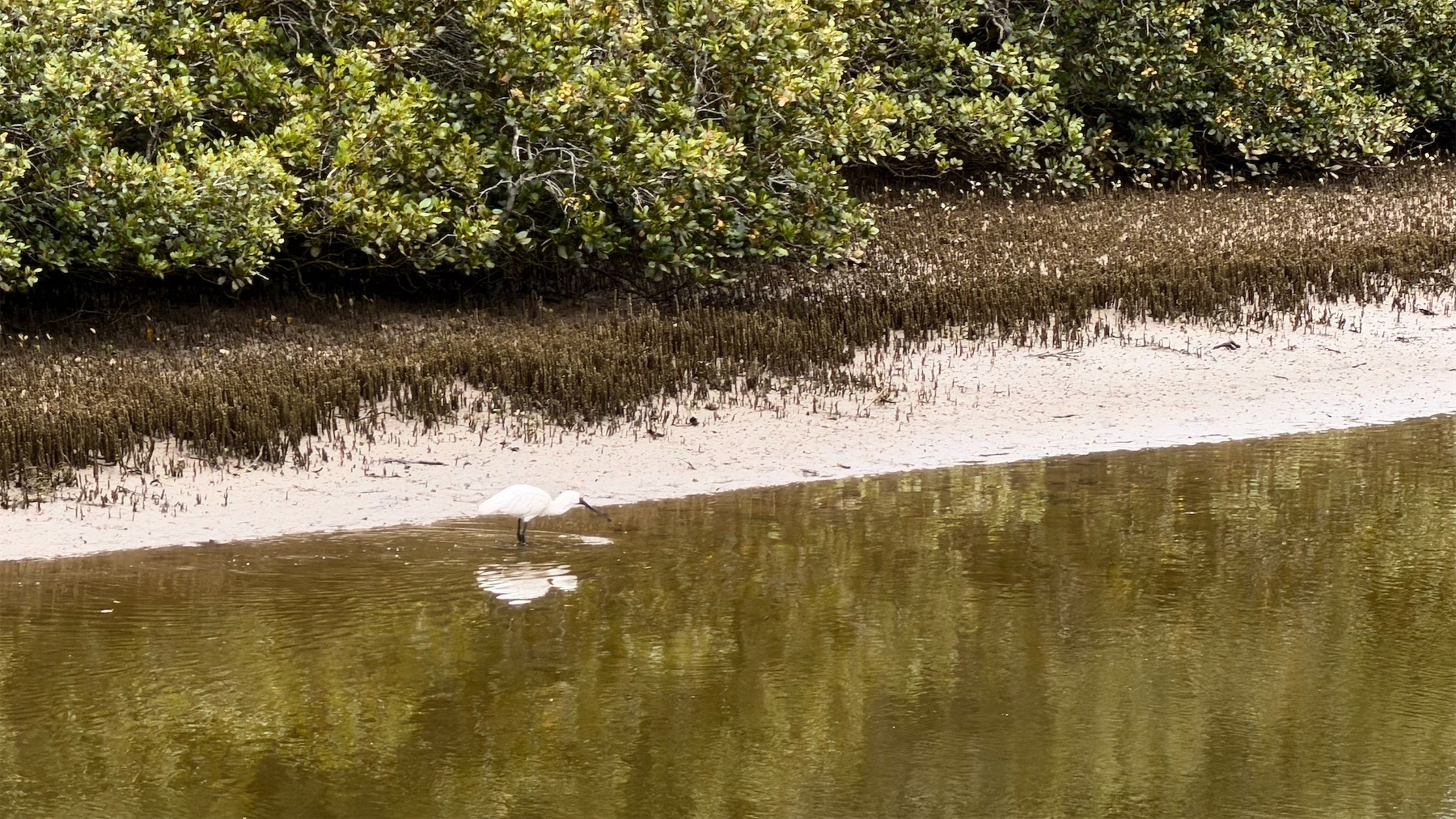
-
Huge commotion at the heron nest just now as the adult chased off a potentially marauding hawk! 🐦
Pleased to see a hawk, but not if it's going after baby herons!
-
I was checking out the baby White-faced Herons. 🐦 …
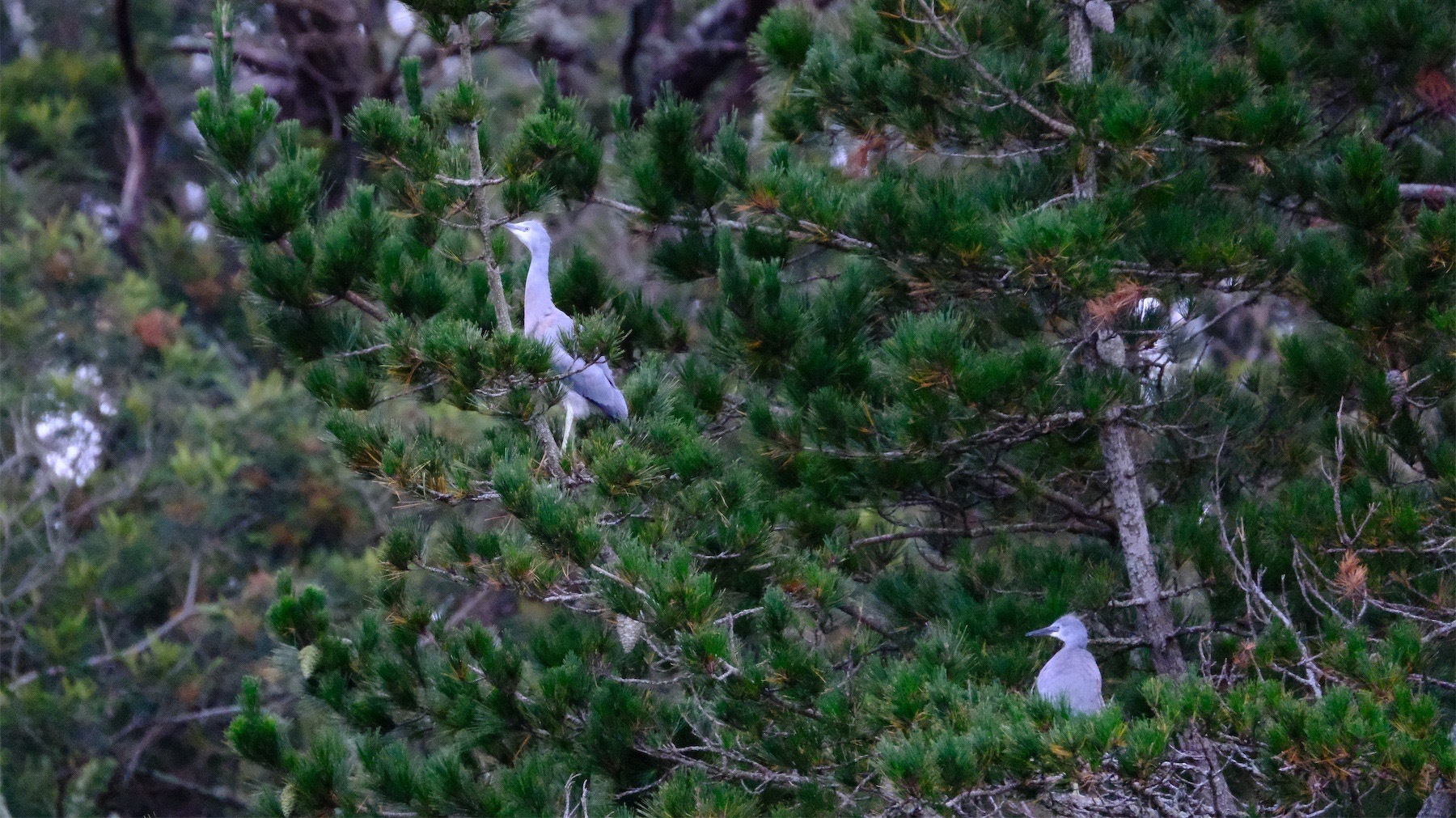
… when one took off …
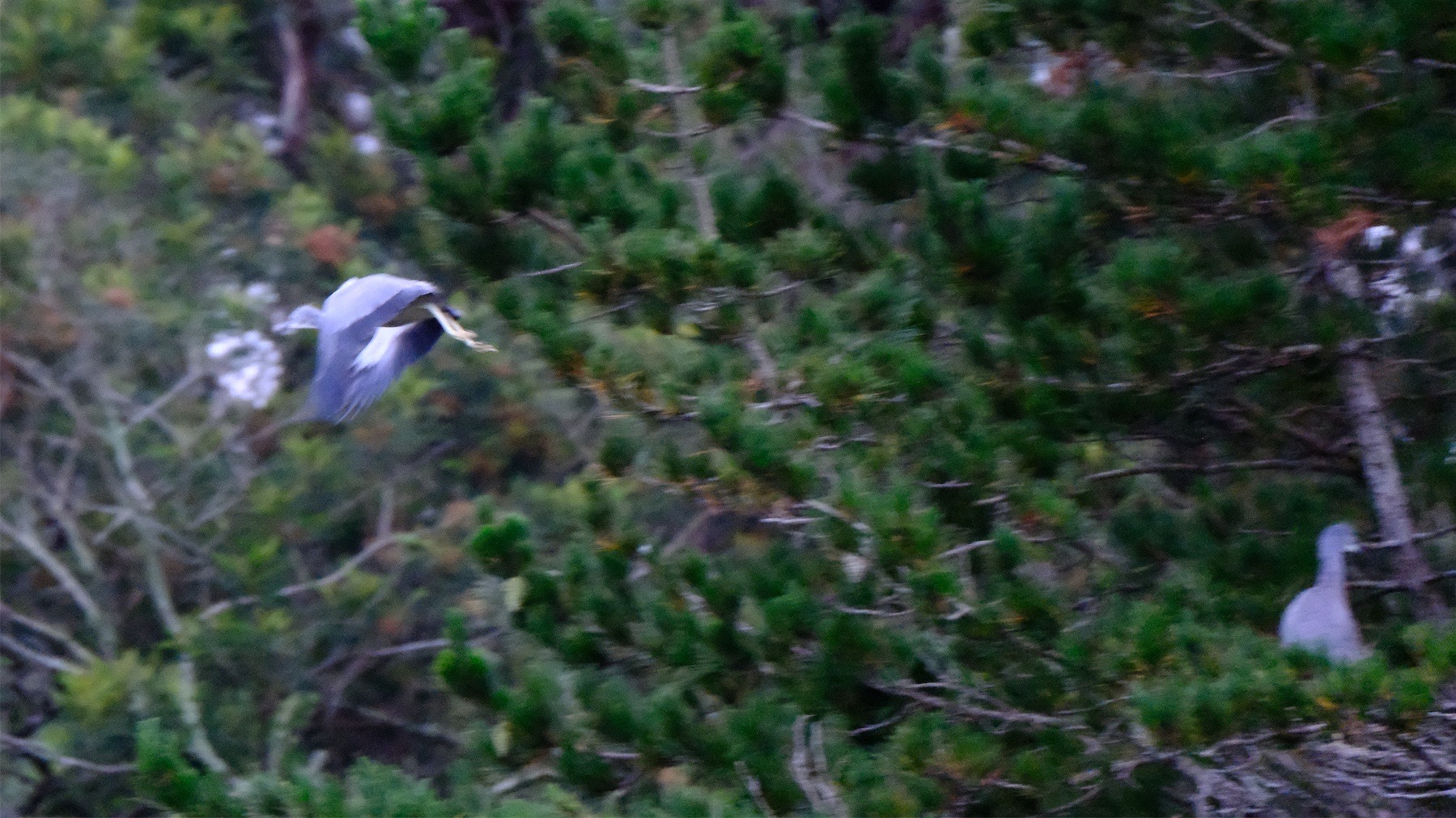
… and flew …
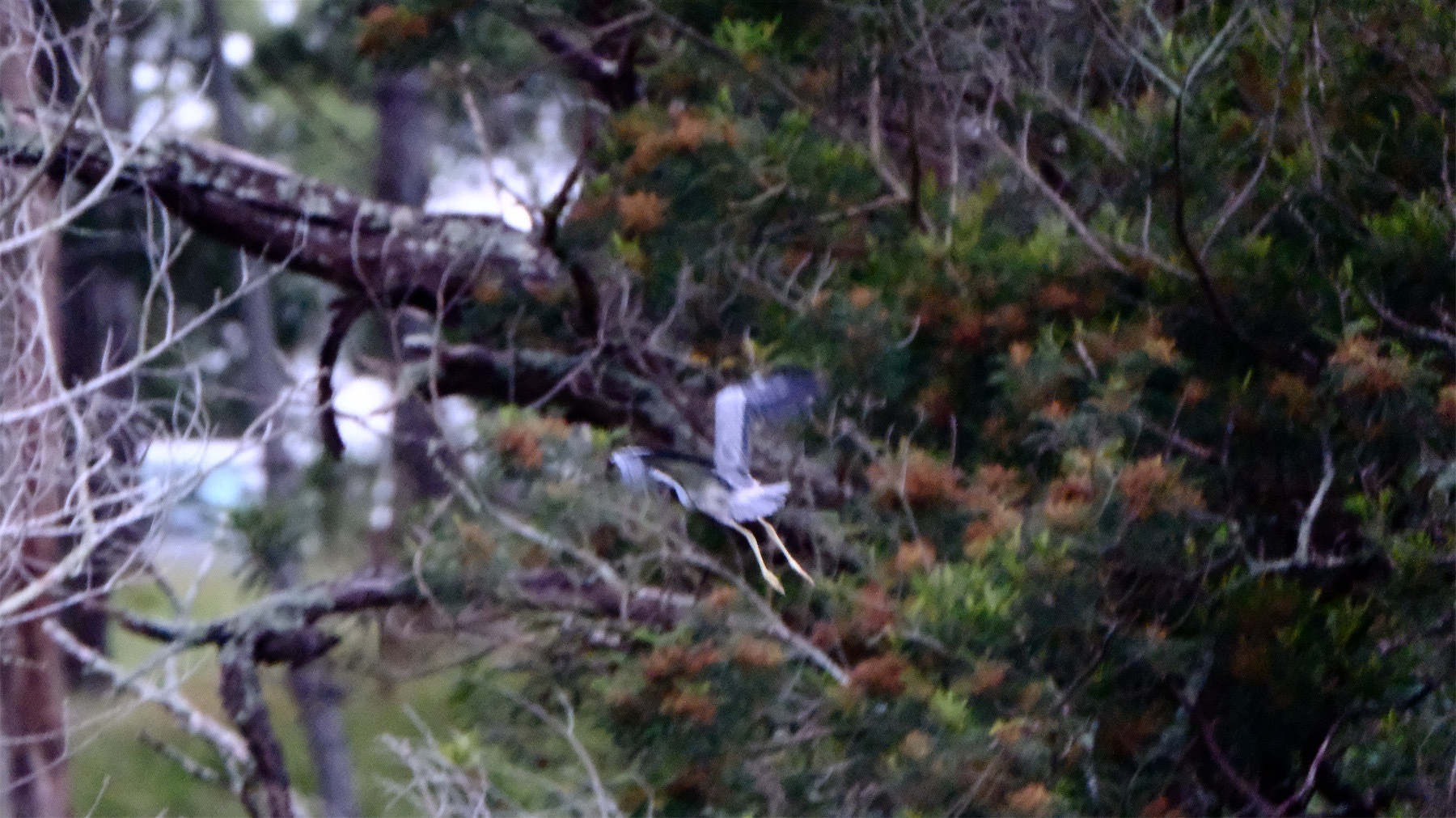
… a short distance.
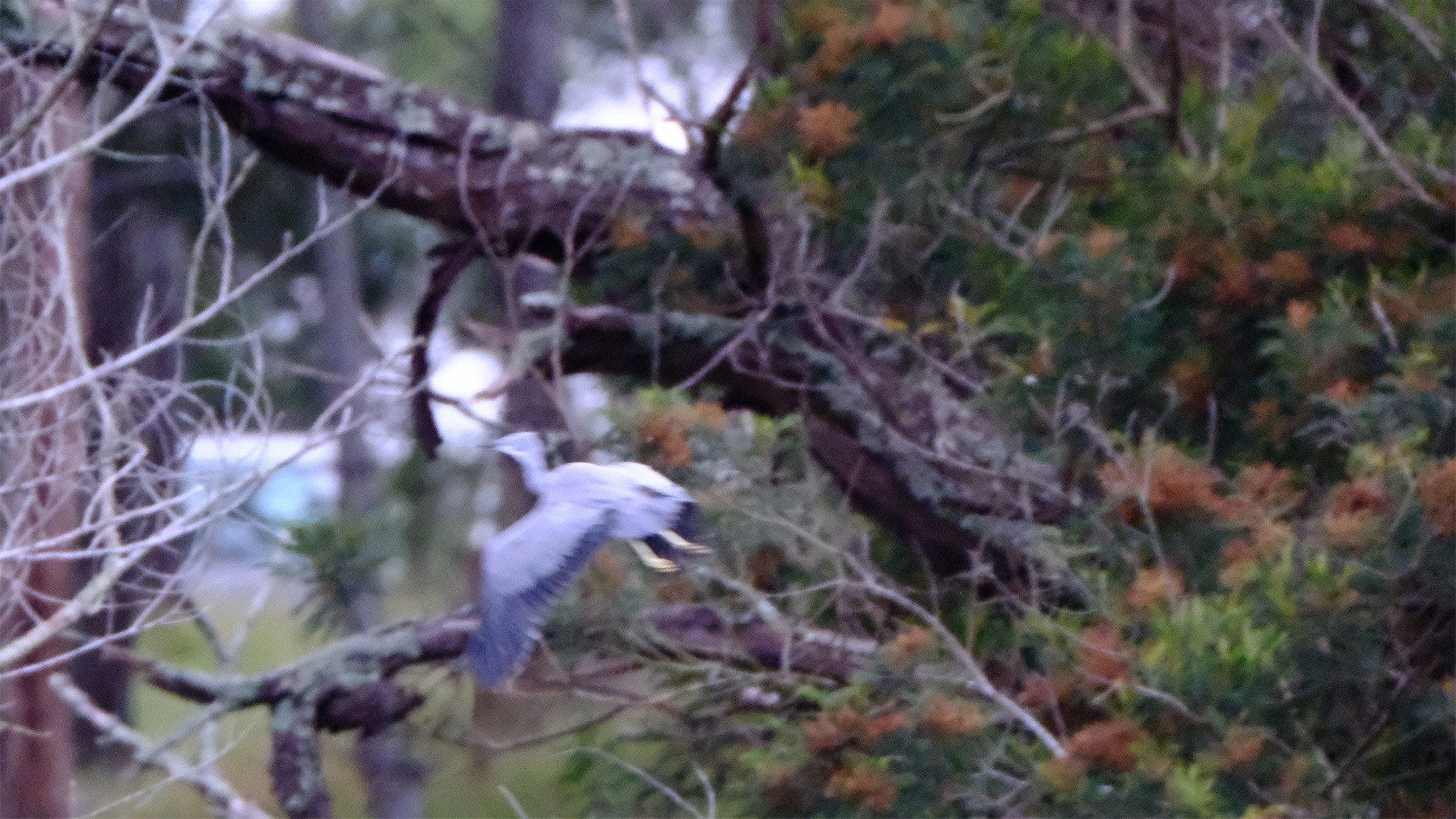
Well done baby heron!
-
Big day: at least one of the two baby white-faced Herons will fly today. Calisthenics have been underway. 🐦
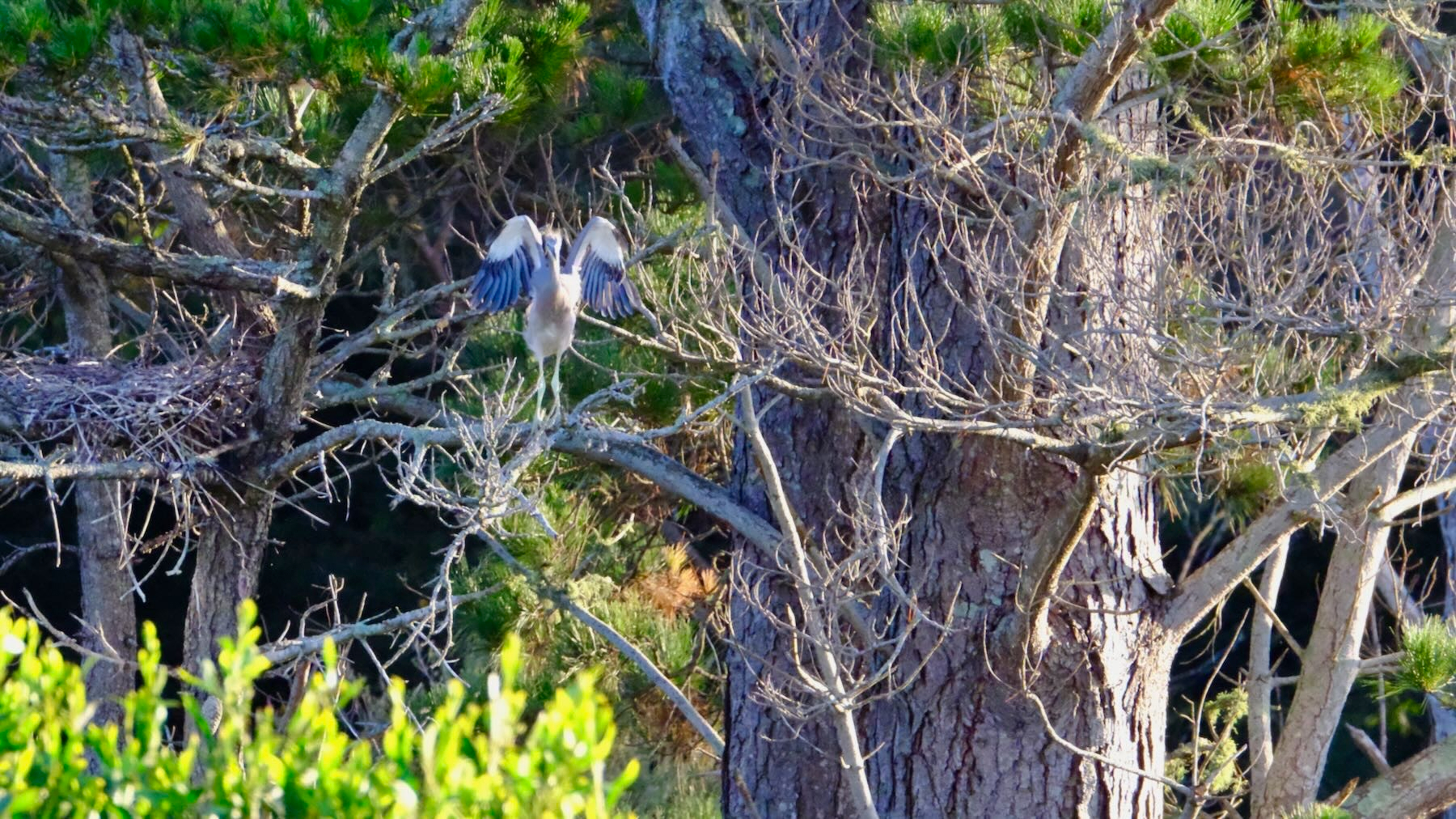
-
There's a mysterious little lake (or two) on the corner between McEwan Road and the intersection where Port Marsden Highway meets Point Marsden Road. (Who came up with these confusing names!?)
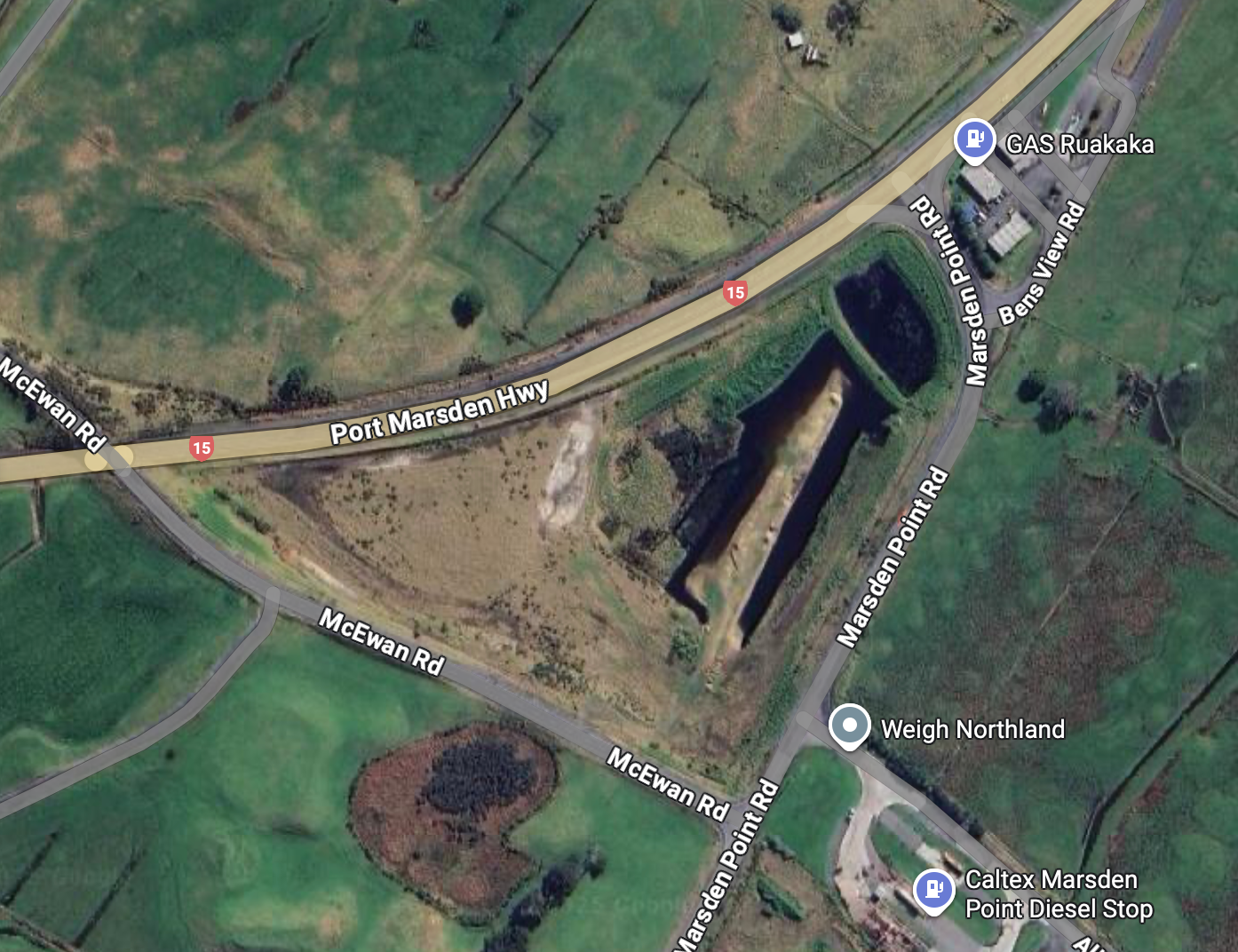

There was a black swan pair with two young on the grass. 🐦
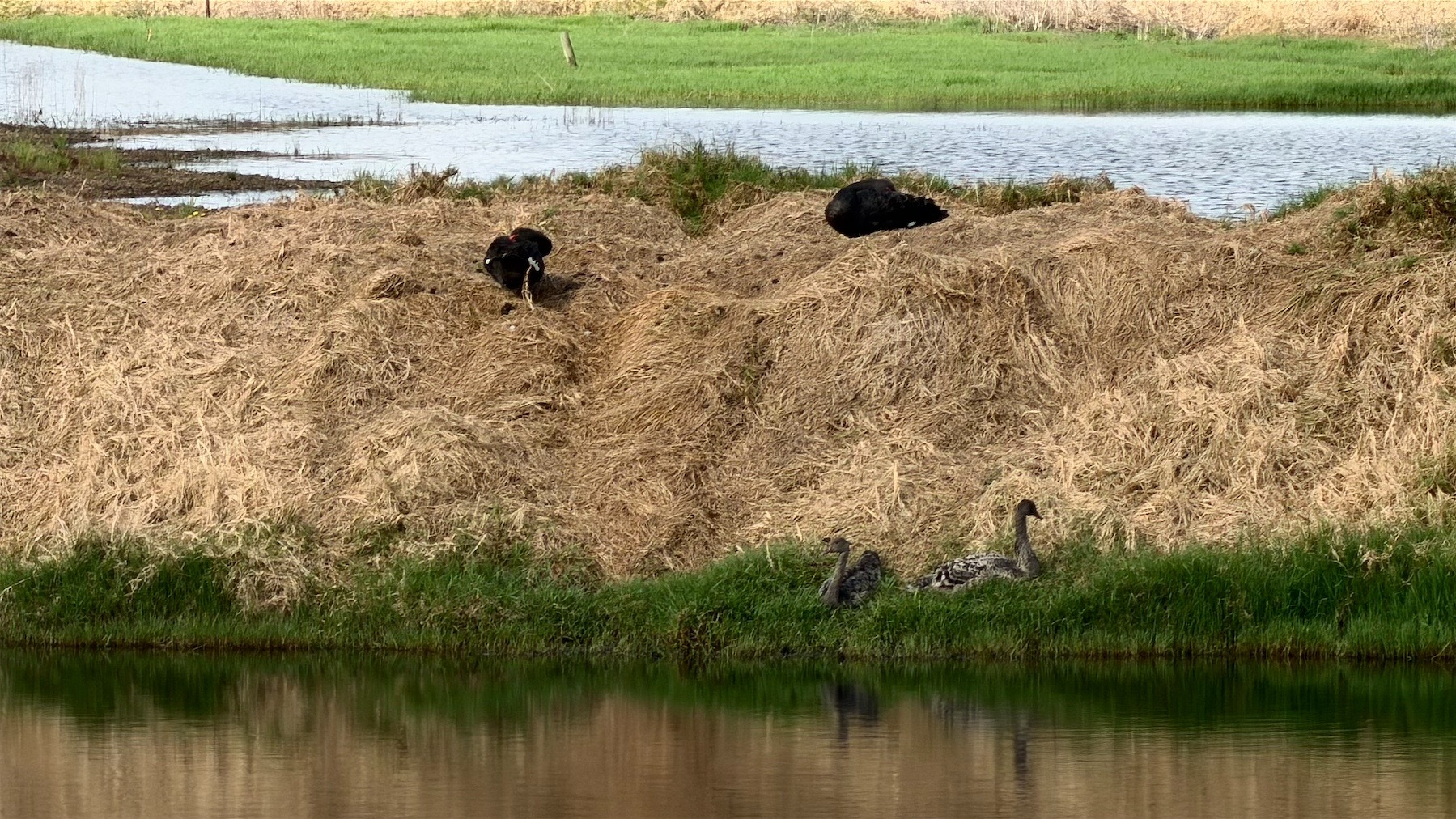
-
I've been expecting the White-faced Heron babies to launch themselves from the tree any minute, but zooming in, I can see there's still a bit of fluff on the top of the head. The parents are leaving the babies alone for longer and longer now. 🐦
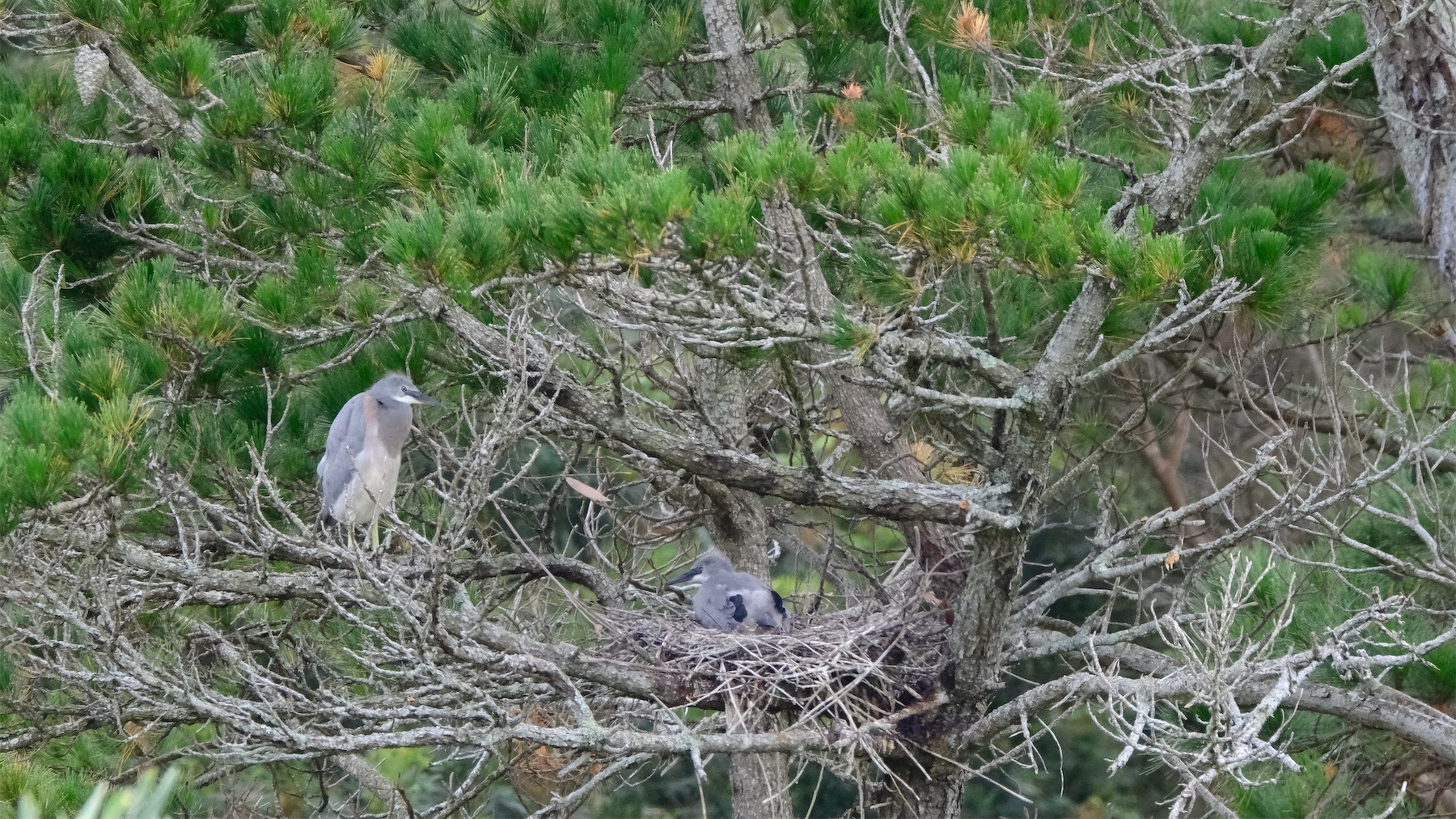
-
Yesterday while chatting outside in full sun with our landscape designer I noticed the ground beside me kind of shimmering. I looked up to see a very large flock of birds (perhaps godwits?) flying directly overhead, casting shimmering shadows.
That was delightfully, splendidly weird! 🐦
-
Through a window on a dreary morning, but although I often hear the pheasant, today I actually saw it. 🐦
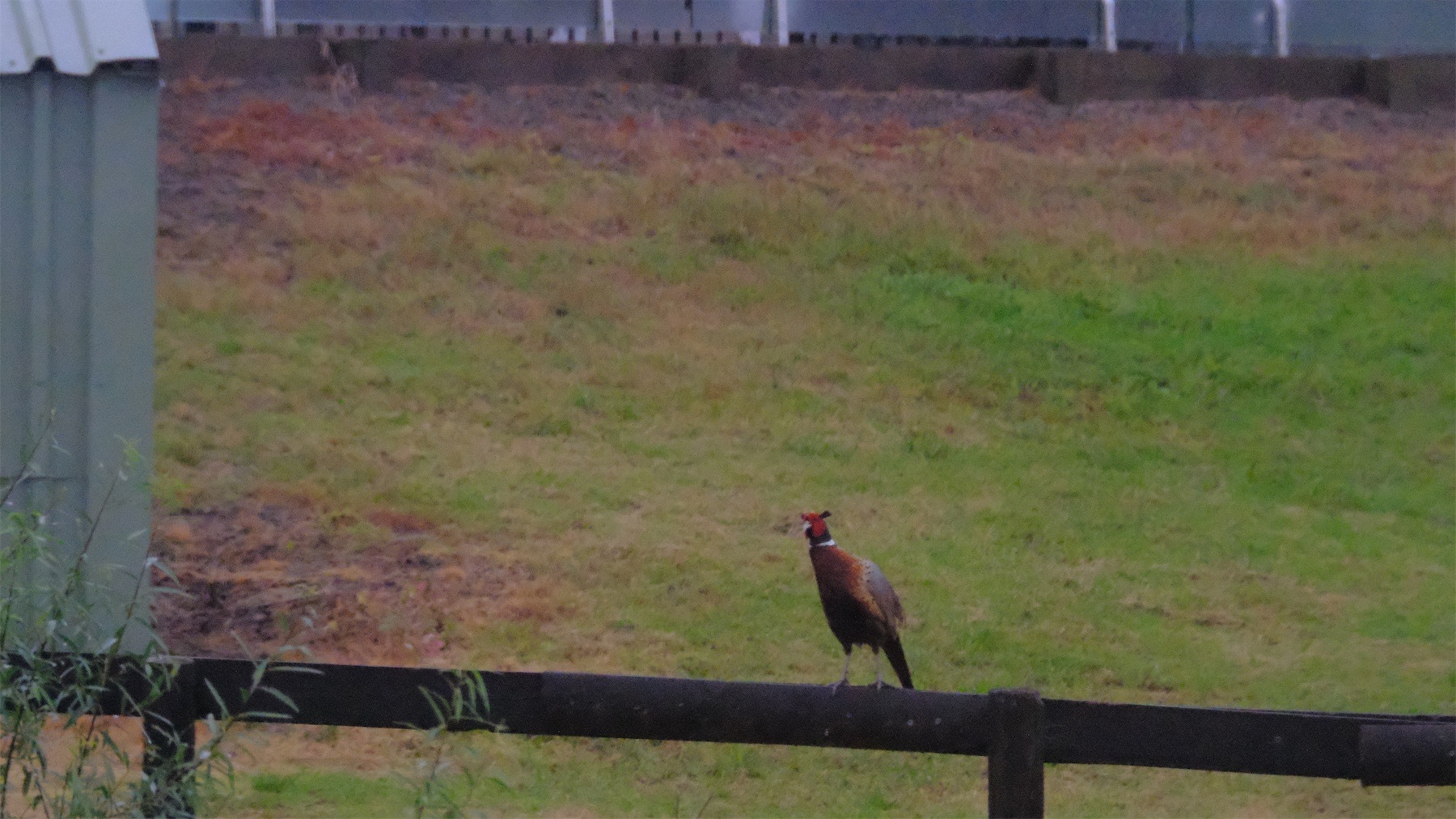
-
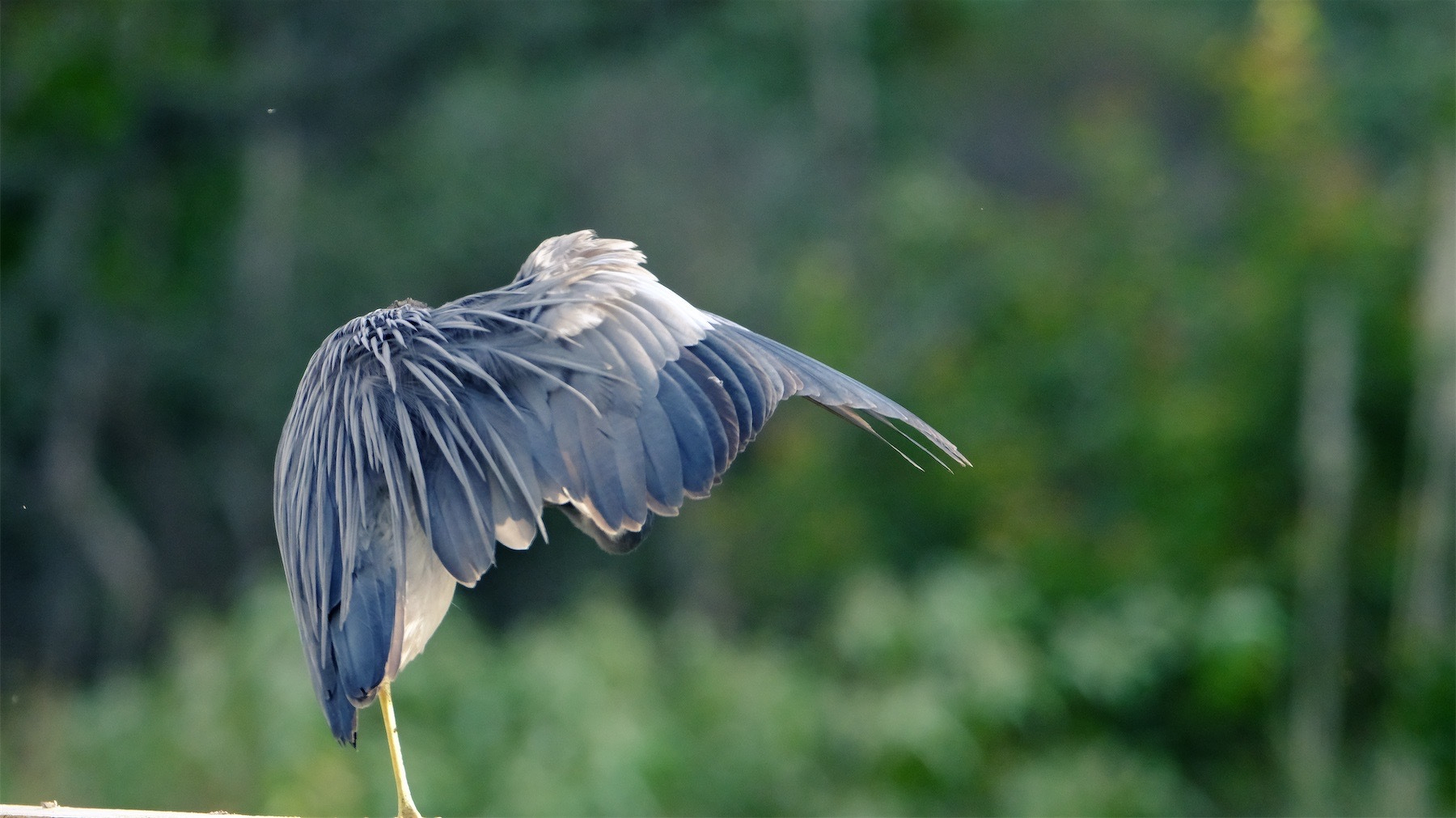
Less than 10 metres from me : adult heron grooming. 🐦
-
Another chick at the river mouth the other day — this time a dotterel. These birds are so hard to see: follow the post at mid-top down to the bottom third of the photo to see the chick. Its parent is on guard nearby. Oystercatcher in the background. 🐦
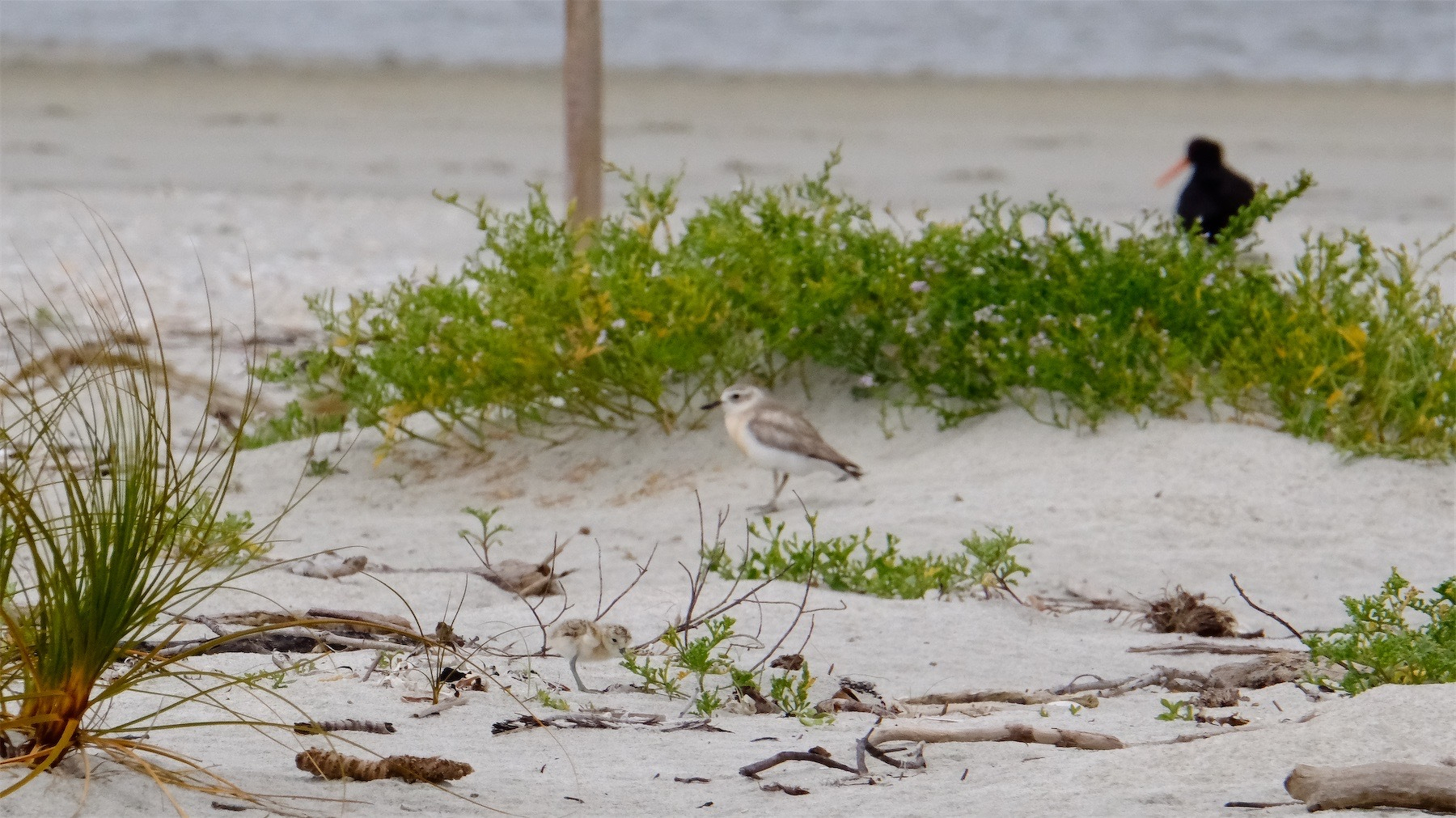
-
At the river mouth the other morning I spotted this Oystercatcher with two tiny chicks. 🐦
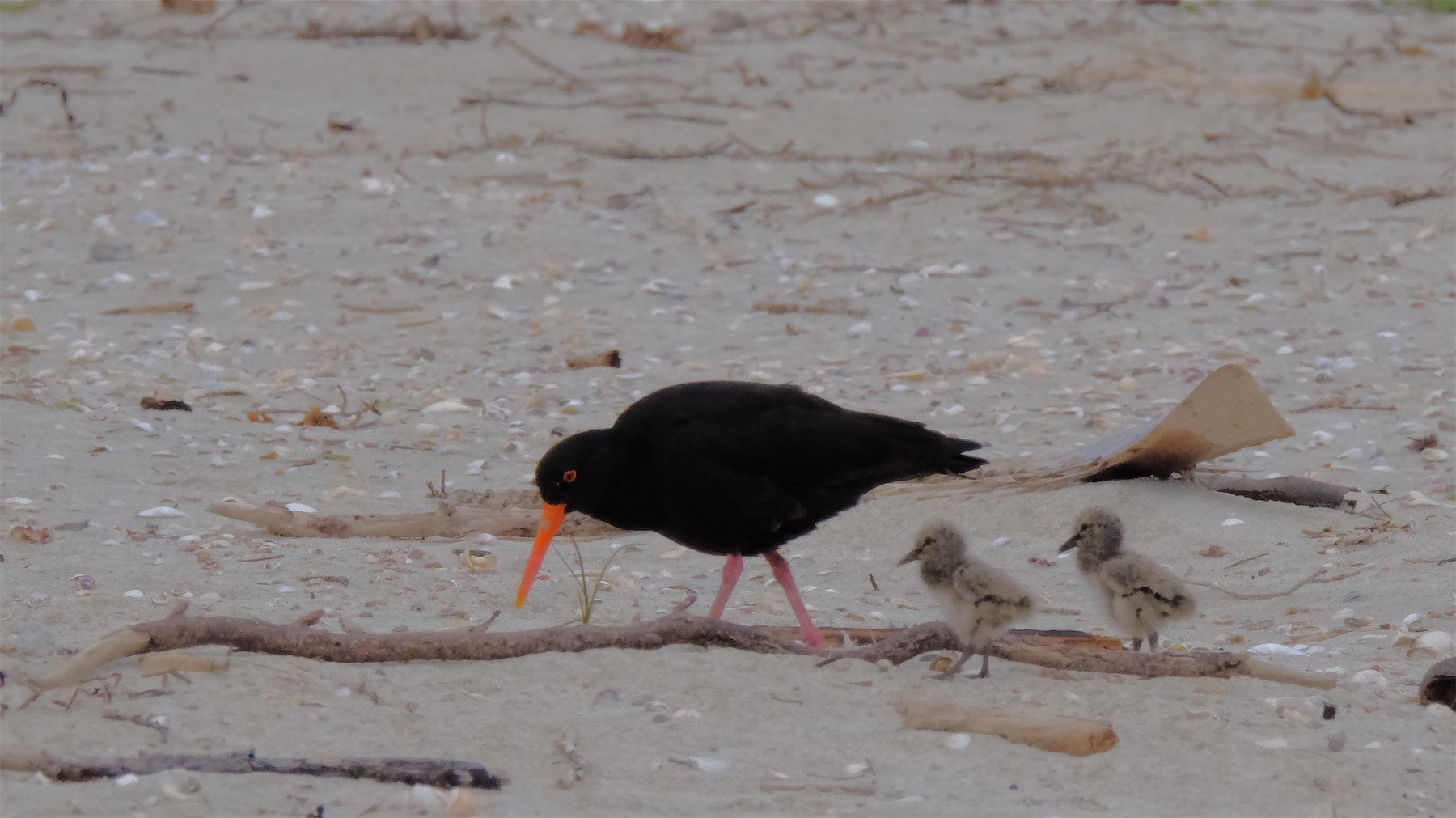
-
Those white-faced heron chicks are getting quite big. The parents seem to leave them alone a bit more now. 🐦
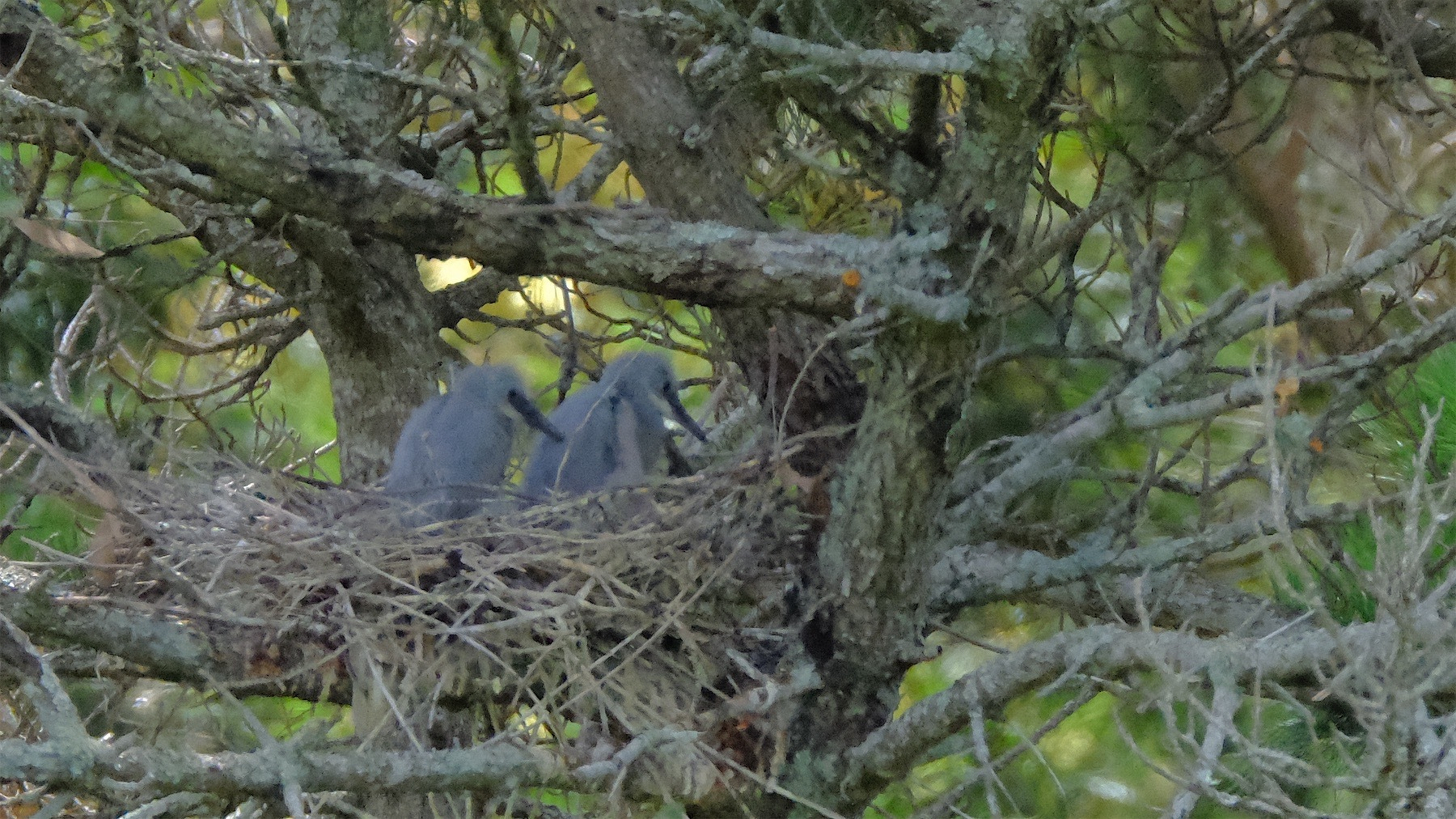
-
Before driving home we made a quick visit to Haruru Falls, just outside Paihia. The chickies by the entrance were cute. 🐦

The falls were lovely.
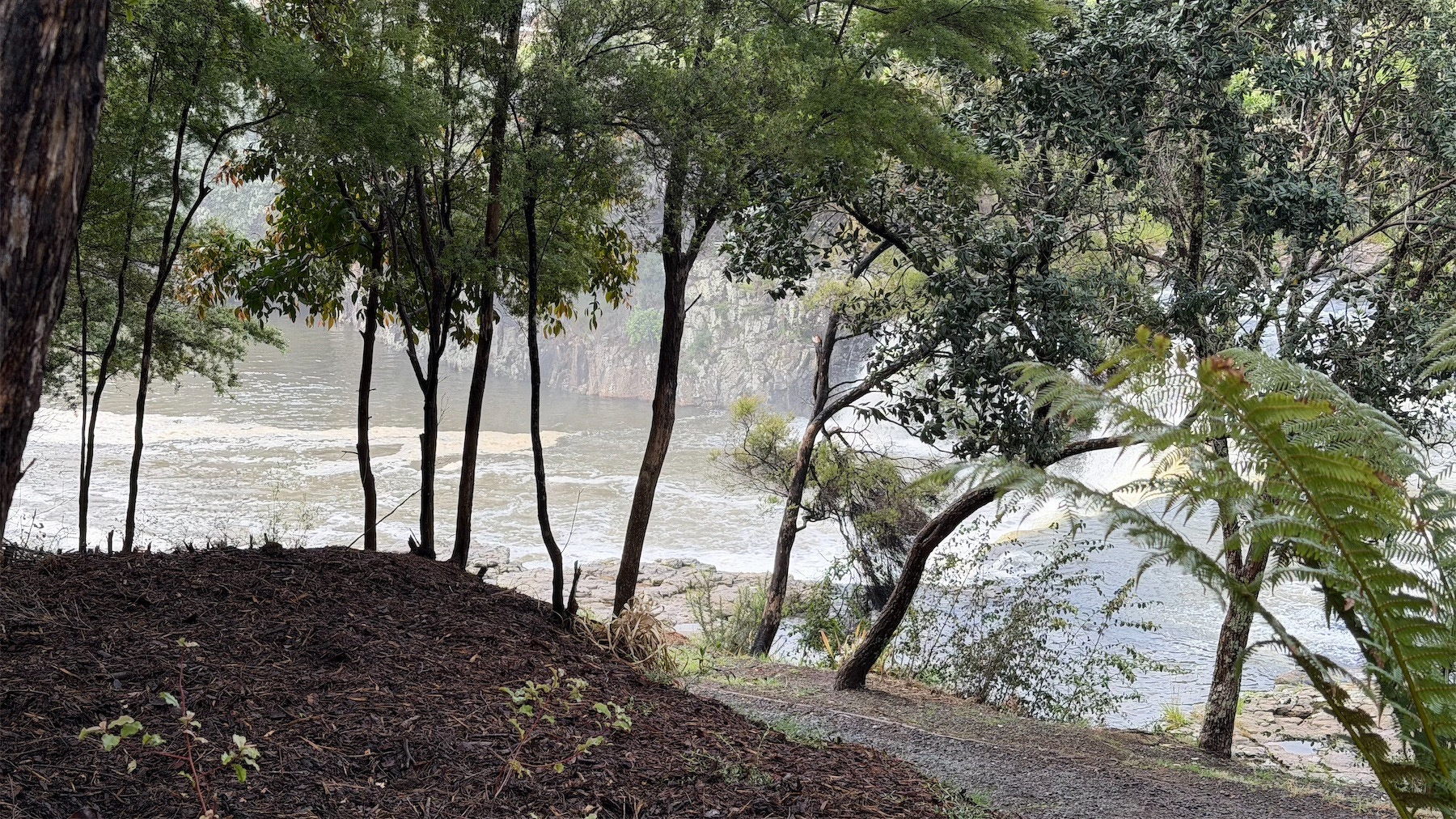
-
So pleased I thought to grab a (shaky) video of an adult white-faced heron feeding two chicks in the nest close to our house. 🐦
No sound — they were too far away for that.
-
A few times recently I've heard a Ruru | Morepork in the nearby trees. 🐦
Before dawn it carried on hooting for ages, allowing me to get this audio file. I used Fission to amplify the sound so there's quite a bit of background noise. There are also occasional frog croaks if you listen carefully.
-
Baby white-faced heron is growing and developing the white face. 🐦
Extreme zoom and crop.
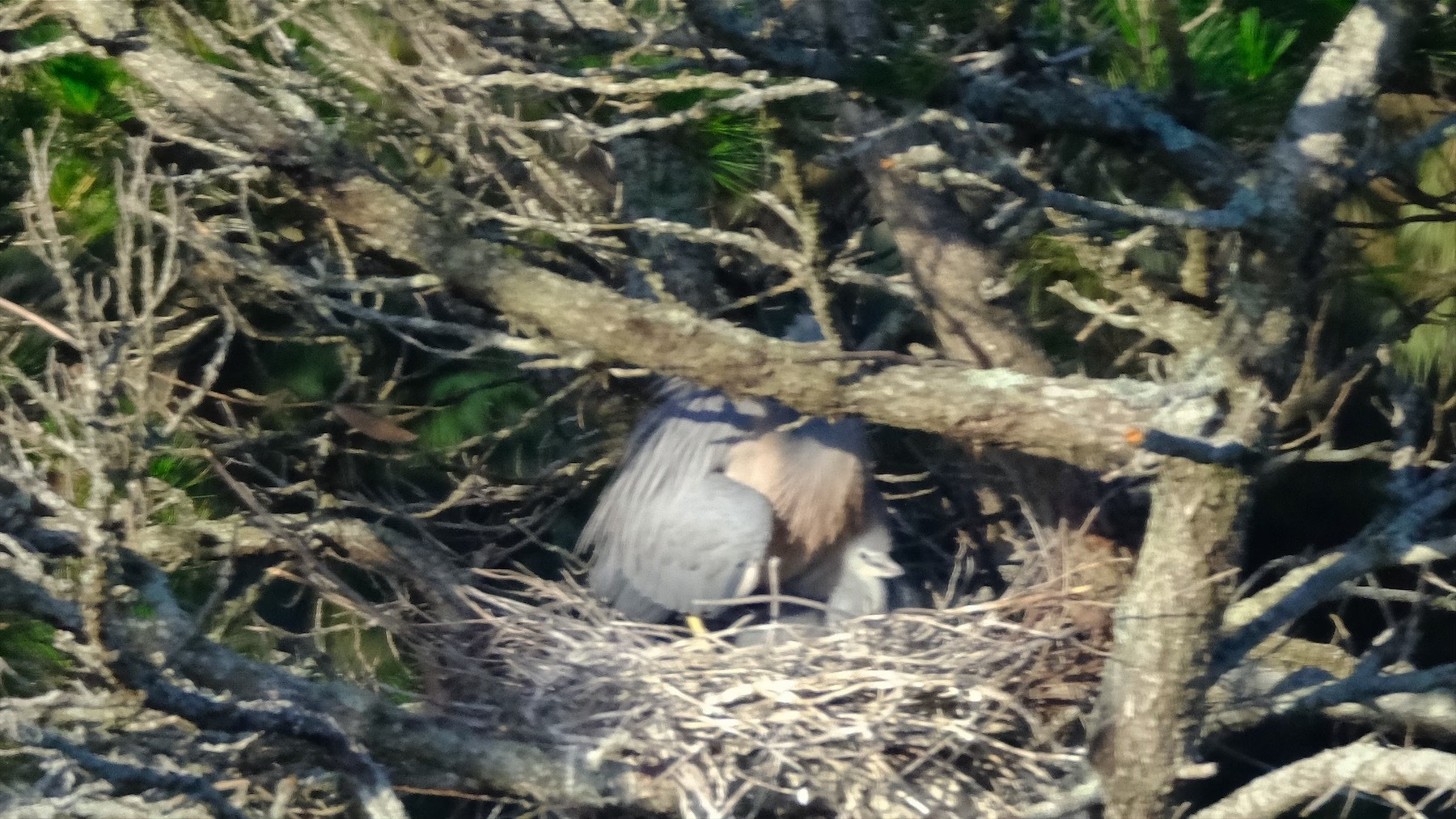
-
A couple of days ago "our" white-faced heron chick looked like this. 🐦
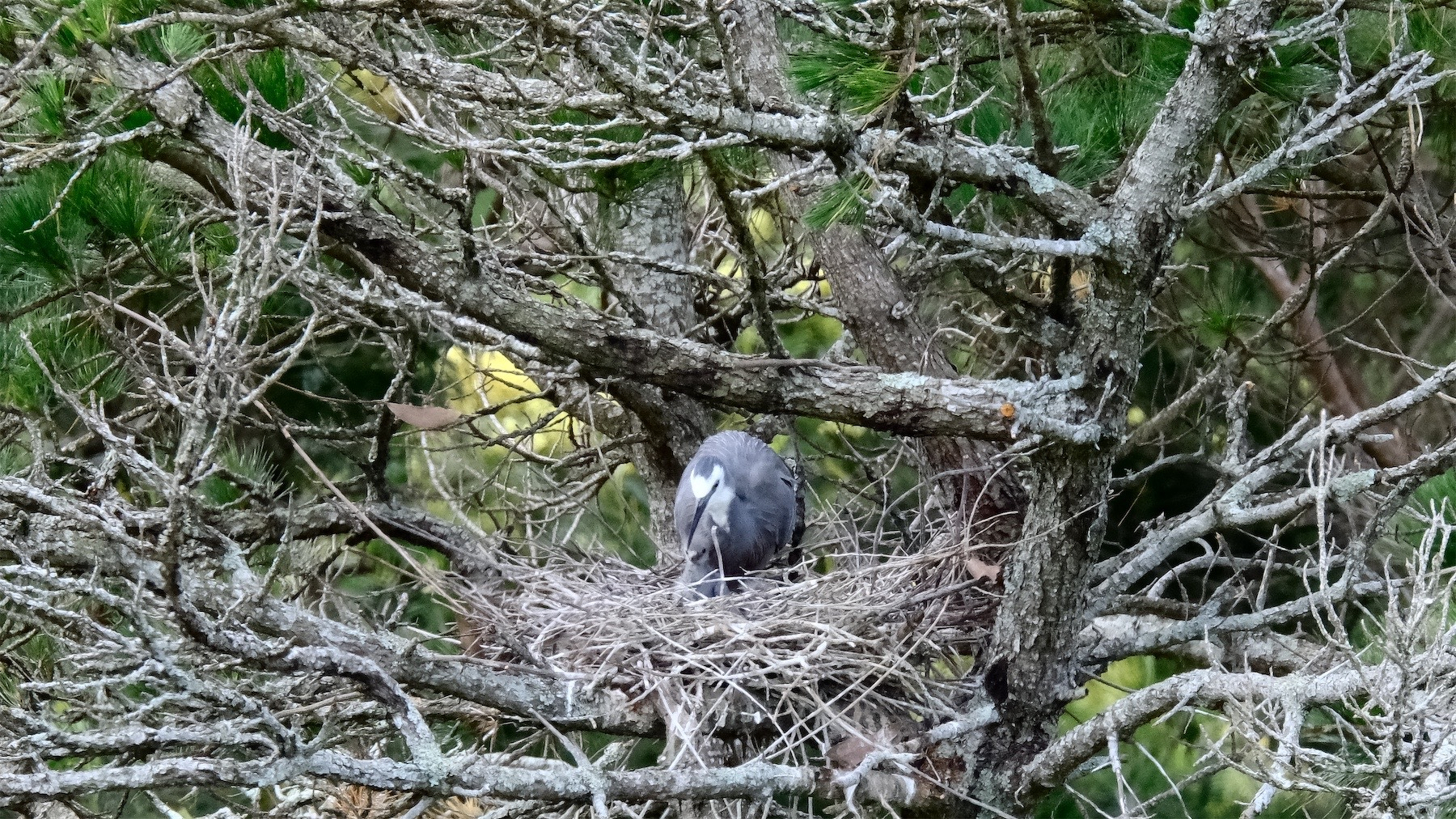
-
Our white-faced heron neighbours have finally hatched one or more chicks! These photos are with a 100-400 zoom on a Fuji X-T5, then heavily cropped. 🐦
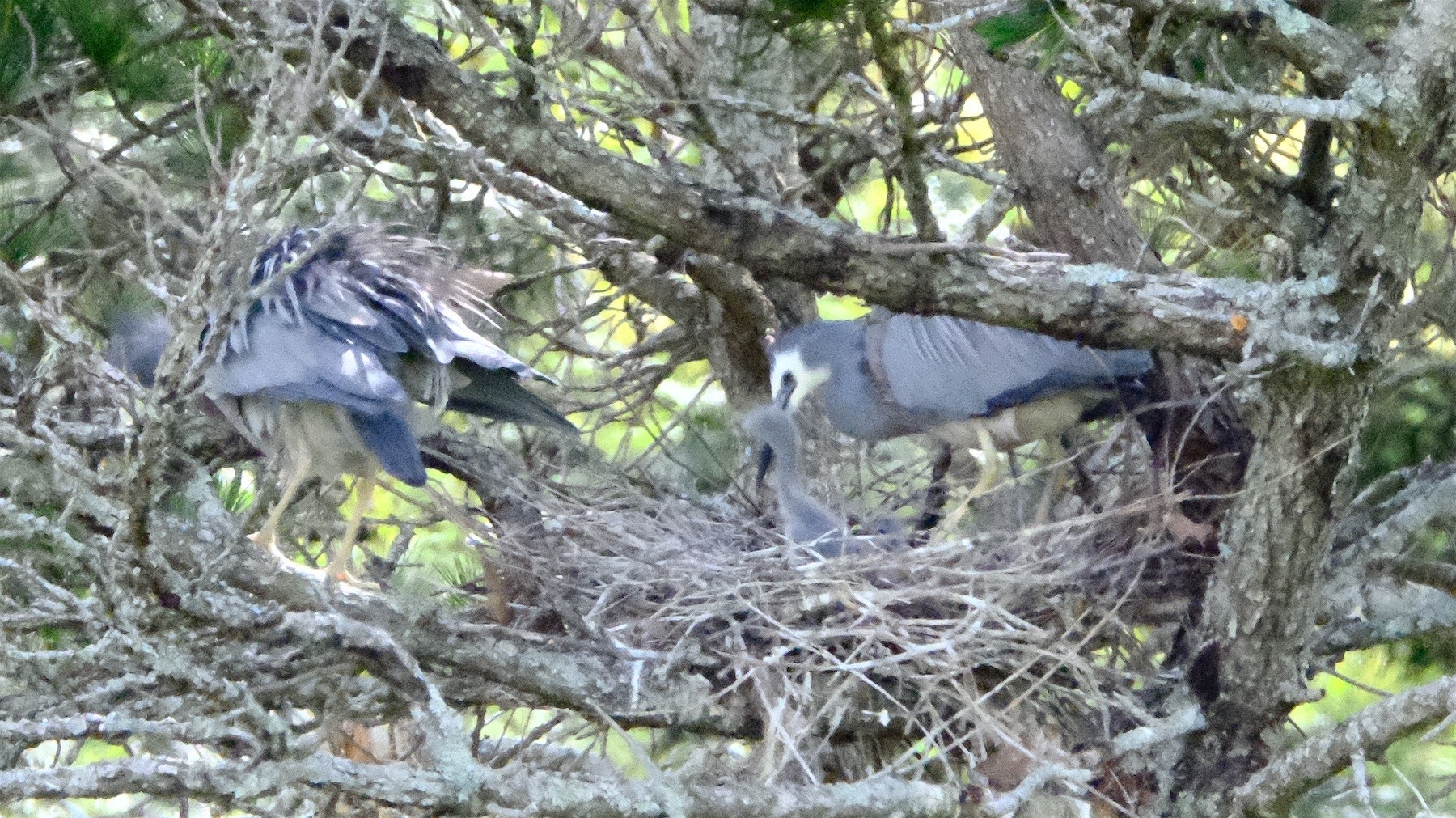
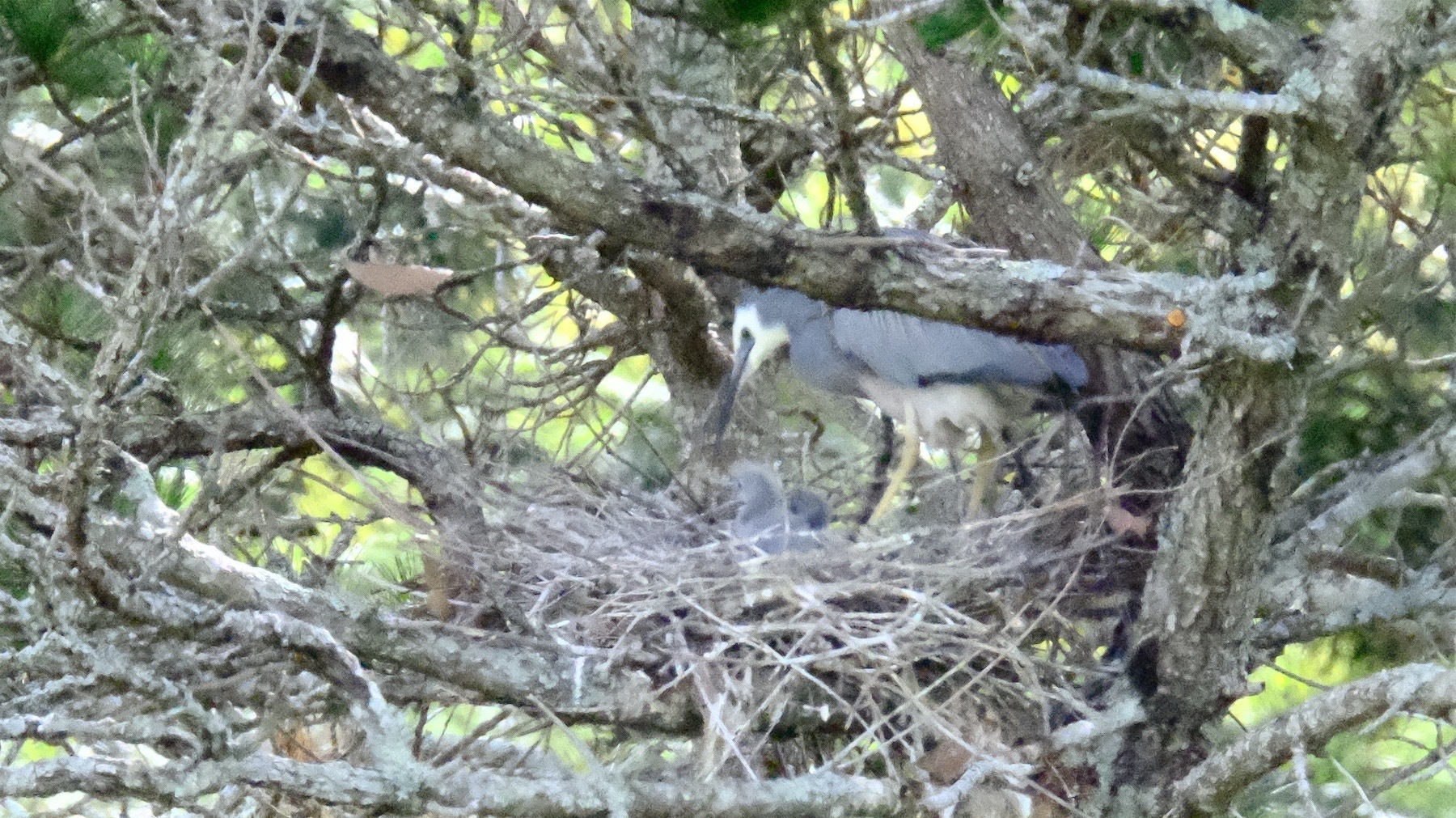
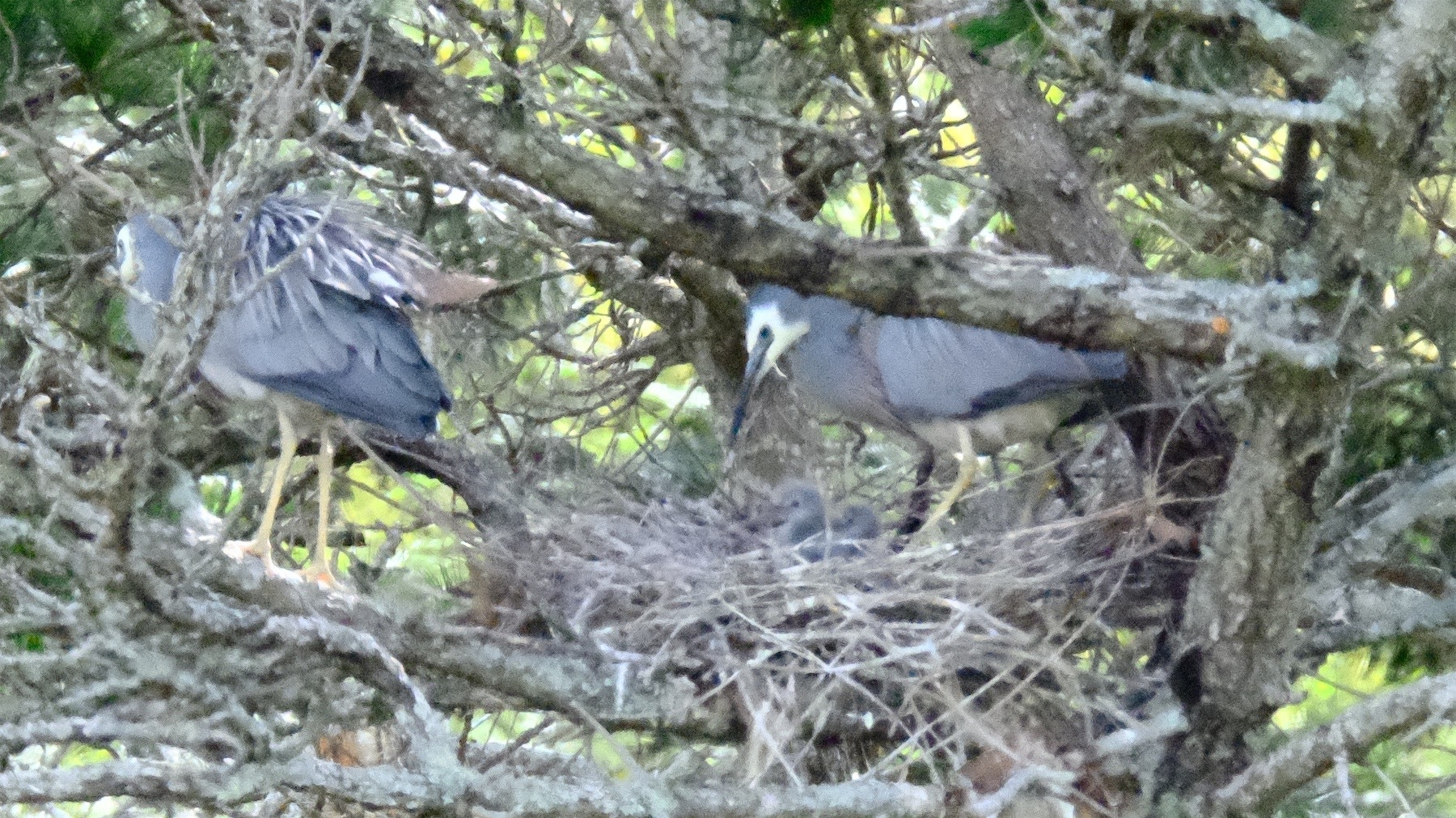
Miraz Jordan
I love simplicity and silence. I enjoy taking photos of birds, and strive to be an actively decent human being. In late August 2025 I moved from Waikawa Beach to Ruakākā near Whangārei in Aotearoa. 100% human (she / her). Now 70, I'm super happy to be getting old — it means I'm not dead yet! I believe all beings have the right to clean water, nutritious food and adequate shelter, and that humans are simply one small part of the amazing life on this planet that supports us all: humans, animals, plants. I joined the MB community on 05 January 2018. Follow me on Micro.Blog at https://micro.blog/miraz .